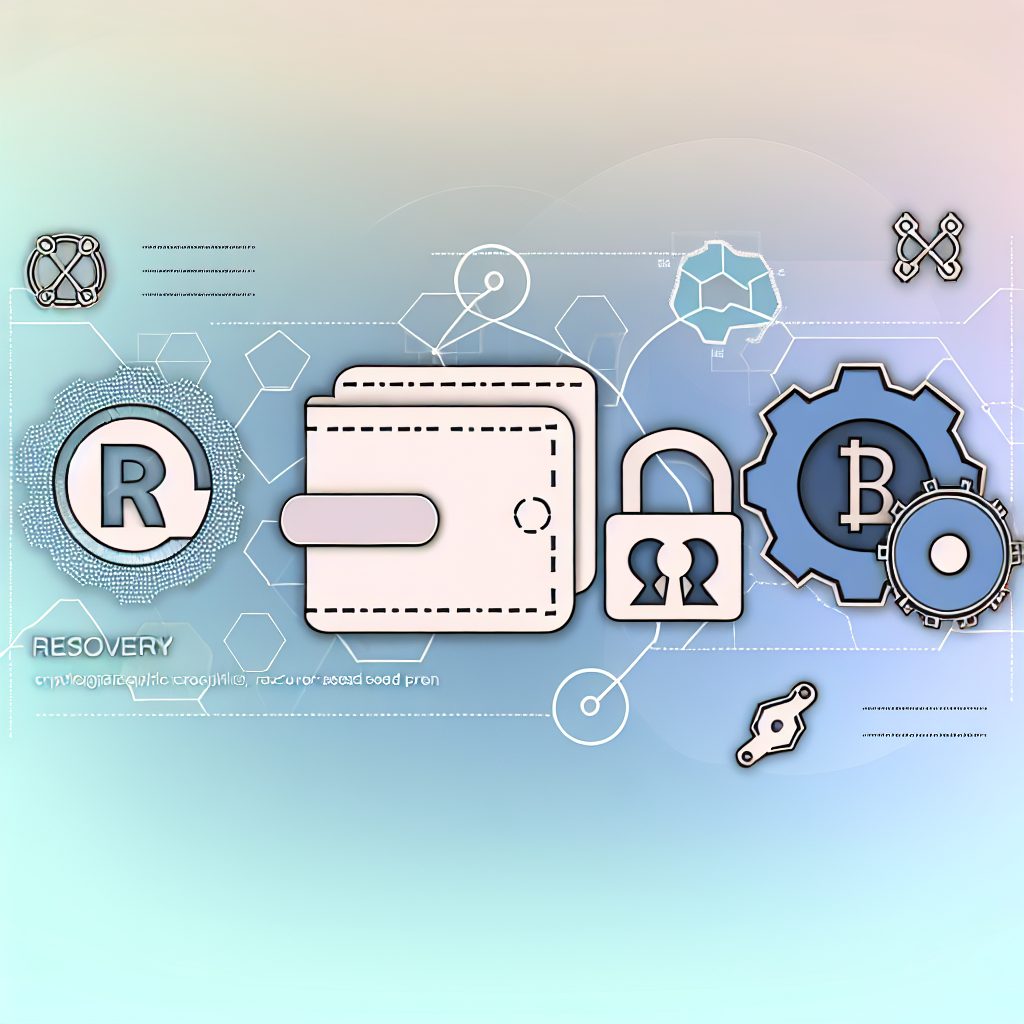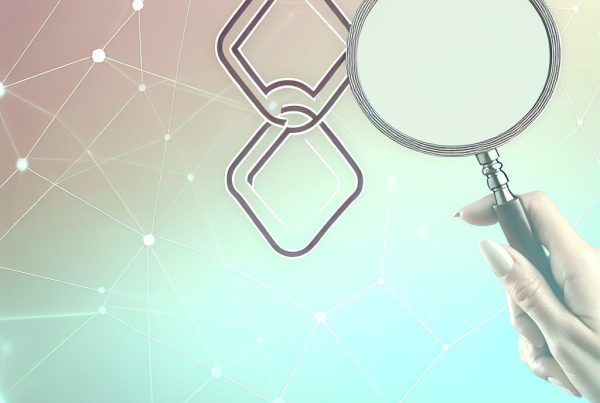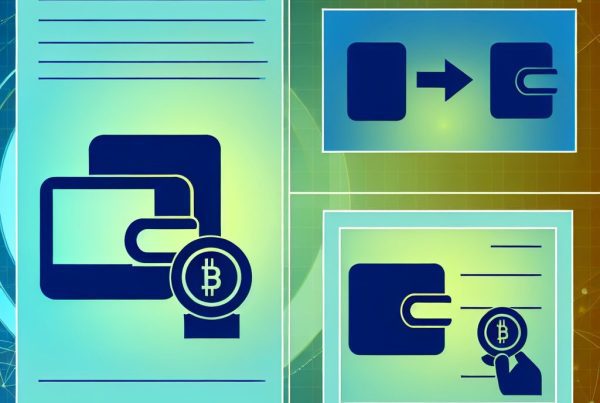How Crypto Wallet Recovery Works
The world of cryptocurrency is both exciting and complex, offering users a unique way to manage their digital assets. However, with this innovation comes the responsibility of securing those assets. One of the most critical aspects of cryptocurrency management is understanding how to recover a crypto wallet. This article delves into the intricacies of crypto wallet recovery, providing insights into its mechanisms, methods, and best practices.
Understanding Crypto Wallets
Before diving into recovery methods, it’s essential to understand what a crypto wallet is. A crypto wallet is a digital tool that allows users to store, send, and receive cryptocurrencies. Unlike traditional wallets, crypto wallets do not store currency in a physical form. Instead, they hold the public and private keys necessary to access and manage your digital assets.
There are several types of crypto wallets:
- Hot Wallets: These are connected to the internet and are more convenient for frequent transactions. Examples include mobile wallets and web wallets.
- Cold Wallets: These are offline wallets, such as hardware wallets and paper wallets, providing enhanced security against online threats.
The Importance of Wallet Recovery
Wallet recovery is crucial because losing access to your wallet can mean losing your cryptocurrency permanently. Unlike traditional banking systems, there is no central authority to help recover lost funds. Therefore, understanding the recovery process is vital for anyone involved in cryptocurrency.
How Crypto Wallet Recovery Works
Crypto wallet recovery typically involves several methods, depending on the type of wallet and the circumstances surrounding the loss of access. Here are the primary recovery methods:
1. Seed Phrase Recovery
Most crypto wallets generate a seed phrase (also known as a recovery phrase or mnemonic phrase) when they are created. This phrase is a series of words (usually 12 to 24) that can be used to recover your wallet. Here’s how it works:

- Backup Your Seed Phrase: When you create a wallet, you are prompted to write down your seed phrase. This is your key to recovery.
- Restoring Your Wallet: If you lose access to your wallet, you can restore it by entering the seed phrase into a compatible wallet application.
For example, if you use a wallet like Exodus, you can easily restore your wallet by entering your seed phrase on a new device.
2. Private Key Recovery
In some cases, users may have access to their private key, which is a long string of alphanumeric characters. The private key allows you to access your wallet directly. Here’s how to recover using a private key:
- Accessing Your Wallet: You can import your private key into a compatible wallet application to regain access to your funds.
- Security Considerations: Always ensure that you are using a secure and trusted wallet to avoid phishing attacks.
3. Using Wallet Recovery Services
If you have lost your seed phrase or private key, you may consider using a wallet recovery service. These services specialize in helping users recover lost access to their wallets. However, it’s crucial to choose a reputable service to avoid scams. Here are some tips:
- Research: Look for reviews and testimonials from other users.
- Verify Credentials: Ensure the service has a proven track record in the industry.
Real-World Case Studies
Understanding wallet recovery through real-world examples can provide valuable insights. Here are a couple of notable cases:
Case Study 1: The Lost Bitcoin
In 2013, a man named James Howells accidentally threw away a hard drive containing the private keys to a wallet with over 8,000 Bitcoins. At the time, the value of those Bitcoins was around $7.5 million. Despite numerous attempts to recover the hard drive from a landfill, he was unsuccessful. This case highlights the importance of securely backing up your seed phrase and private keys.
Case Study 2: The Seed Phrase Recovery
A user named Sarah lost access to her wallet after her phone was stolen. Fortunately, she had written down her seed phrase. After purchasing a new phone, she downloaded the same wallet app and entered her seed phrase, successfully recovering her funds. This case emphasizes the effectiveness of using a seed phrase for wallet recovery.
Best Practices for Wallet Recovery
To ensure a smooth recovery process, consider the following best practices:
- Backup Your Seed Phrase: Always write down your seed phrase and store it in a secure location, such as a safe or safety deposit box.
- Use Hardware Wallets: For long-term storage, consider using a hardware wallet, which provides enhanced security against online threats.
- Enable Two-Factor Authentication: If your wallet supports it, enable two-factor authentication for an added layer of security.
- Stay Informed: Keep up with the latest security practices and updates in the cryptocurrency space.
Common Questions About Crypto Wallet Recovery
What should I do if I lose my seed phrase?
If you lose your seed phrase, unfortunately, there is no way to recover your wallet. This is why it’s crucial to back it up securely.
Can I recover my wallet without a private key?
Without a private key or seed phrase, recovering your wallet is nearly impossible. Always ensure you have backups of these critical pieces of information.
Are wallet recovery services safe to use?
While some wallet recovery services are legitimate, others may be scams. Always do thorough research and choose reputable services.
How can I prevent losing access to my wallet in the future?
To prevent future loss, regularly back up your seed phrase, use hardware wallets for long-term storage, and stay informed about security practices.
Conclusion
Understanding how crypto wallet recovery works is essential for anyone involved in the cryptocurrency space. By familiarizing yourself with recovery methods, best practices, and real-world examples, you can safeguard your digital assets against loss. Always prioritize security and stay informed about the latest developments in the industry.
For more information on cryptocurrency news and price tracking, visit Bitrabo. Follow me on social media for updates: X, Instagram, and Threads.
Disclaimer: The information provided in this article is for educational purposes only and should not be considered financial advice. Always conduct your own research before making any investment decisions.
The Crypto Watchlist of the Week 🔎
Subscribe to receive expert-curated projects with real potential—plus trends, risks, and insights that matter. Get handpicked crypto projects, deep analysis & market updates delivered to you.


